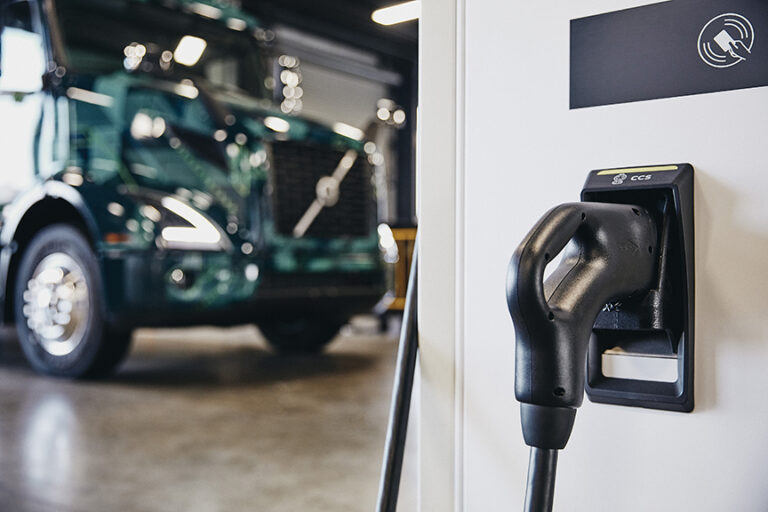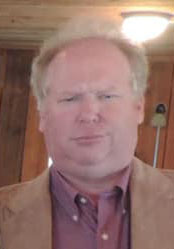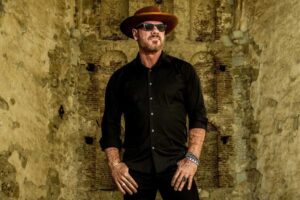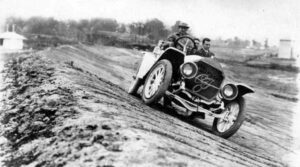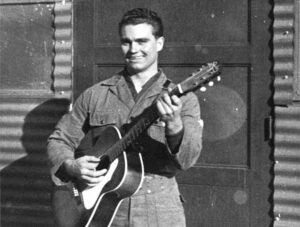The California Air Resources Board’s (CARB) recent actions have made one thing clear — the drive to move California toward becoming a zero-emissions electric vehicle (EV) state is gaining steam, and other states are taking notice.
When 14 other states and the District of Columbia signed a Memorandum of Understanding committing to following California’s lead, it indicated that early successes on the West Coast are gaining traction in other regions of the country. Whether or not removing gasoline and diesel-powered vehicles from the various states’ roadways by 2050 is feasible remains to be seen, but considering the rate at which zero-emissions technology is expanding, what was once only a dream is working its way toward reality. For some transportation sectors, this reality has already arrived.
And if there is any question that CARB is only a voice for clean air, just follow the money.
In 2019, CARB and its partners provided $44.8 million in funding to Volvo Trucks North America. The funds enabled Volvo to work with partners to develop technology, evaluate use of high-payload EVs in real-world applications, and train future EV technicians. In February 2020, Volvo unveiled its Volvo LIGHTS (Low Impact Green Heavy Transport Solutions) program, a pilot project testing the feasibility and benefits of putting heavy-duty trucks on the roads in the Los Angeles area — the most polluted region in the state. The partners who use the test vehicles on regular routes work closely with the project team to evaluate the impact of driving patterns, routes, and topographical factors on vehicle operation.
The motto for the Volvo LIGHTS program, “More than a Truck,” represents the widespread impacts the project will offer for the environment, public health, and the trucking industry.
“We’re excited to share the milestones reached and lessons learned in the development of a battery-electric transport eco-system,” said Volvo Trucks North America President Peter Voorhoeve. “This project is unique in the sense of its scope and that it takes into account the entire system, from charging stations to yard haulers to solar panels to workforce development to heavy-duty trucks. We are putting trucks on the road and fully testing them in real-world commercial applications, proving out this innovative approach to learn and prepare for commercial operations for zero-emission freight hauling.”
While Volvo and its partners are working toward solutions to offer widespread zero-emission EVs in the heavy-duty market, the use of EVs in the light-duty market is already noticeable.
“There is a lot of interest across the country involving zero emissions vehicles,” said AYRO CEO Rod Helling. AYRO, based in Austin, Texas, is a manufacturer of light-duty, urban, and short-haul EVs. The company has no plans to expand into the heavy-duty commercial trucking sector, but technology currently in use in AYRO’s marketplace is sure to be used in states seeking zero-emissions standards for transportation.
“California has more EVs on its roads than the other 49 states combined,” said Helling. “It has invested in the infrastructure to provide power and is ahead of all the states in implementation of EV technology.” But AYRO’s focus is on short-range, low-speed commercial vehicles designed for use in restaurant delivery applications as well as for hospitals and college campuses.
“AYRO manufactures low-speed EV,” said Helling, adding that the vehicles travel at a maximum speed of 25 mph and have a range of 50-85 miles depending on the type of battery used. But with each upgrade in vehicles manufactured, demand increases for battery-draining features such as air-conditioning, Helling said.
“More recently, we developed a three-wheeled vehicle,” he shared, adding that these “auto-cycles” are concept vehicles that travel at speeds up to 50 mph with ranges of 50 miles. Our efforts are directed at improving what we have developed thus far in the light-duty sector,” noted Helling.
While AYRO has become the manufacturer of choice for many applications, it has also recently signed an agreement with Karma Automotive’s Innovation and Customization Center (KICC) in Southern California to assist in expanding its share of the light-duty EV market.
Improvement in battery technology has been a long time coming. Over the past three decades, consumer products such as computers and mobile phones have driven demand. Today, similar demand paves the way for success in light-duty transportation. Tests and pilot studies to expand the use of EV into other transportation industry sectors — including heavy-duty trucks — are leading the way to rapidly evolving improvements. Speed, range, and payload capacity must reach the trucking industry’s required level of efficiency as CARB regulation milestone dates approach.
“For decades, while the automobile has grown cleaner and more efficient, the other half of our transportation system has barely moved the needle on clean air,” said CARB Chair Mary D. Nichols. “Diesel vehicles are the workhorses of the economy, and we need them to be part of the solution to persistent pockets of dirty air in some of our most disadvantaged communities. Now is the time; the technology is here and so is the need for investment.”
Little doubt exists that achieving CARB’s lofty goals will be challenging. Still, officials cite statistics they claim prove the battle between emissions and air quality can no longer wait for technology to catch up with ambitions. In fact, it’s becoming a matter of life and death.
CARB claims that trucks are the largest single source of vehicle-created air pollution in California, emitting 70% of pollutants leading to smog and 80% of all diesel soot pollutants. Heavy-duty trucks produce 31% of all nitrous oxide pollution in California, while light-duty and passenger vehicles produce 11% combined. All of these pollutants result in poor air quality and health risks, especially for those suffering from cardiovascular conditions.
These statistics drive other state officials to look to California as a model and set similar lofty goals to reduce emissions before they reach crisis levels in their own states. To date, states and districts signing the MOU include Connecticut, Colorado, Hawaii, Maine, Maryland, Massachusetts, New Jersey, New York, North Carolina, Oregon, Pennsylvania, Rhode Island, Vermont, and Washington state and the District of Columbia.
Although zero-emissions vehicles have long been a dream of clean-air advocates, only in recent years has the dream moved to the point where reasonable goals could be set. Just in the past five years, technology has increased, making those goals achievable. With the combined efforts of the trucking industry and the many partners working toward a cleaner environment, what is achievable is hoped to become reality over the next 15 to 30 years.
In the meantime, technology will continue to improve as demand for EVs increases. While heavy-duty applications await the day that an EV can operate on equal footing with diesel-powered vehicles, firms such as AYRO are expanding into applications like those where light-duty vehicles have already proven successful.
“We are committed to delivering purpose-built light-duty EV solutions that reflect the real-world needs of users,” AYRO’s Helling said.
Since retiring from a career as an outdoor recreation professional from the State of Arkansas, Kris Rutherford has worked as a freelance writer and, with his wife, owns and publishes a small Northeast Texas newspaper, The Roxton Progress. Kris has worked as a ghostwriter and editor and has authored seven books of his own. He became interested in the trucking industry as a child in the 1970s when his family traveled the interstates twice a year between their home in Maine and their native Texas. He has been a classic country music enthusiast since the age of nine when he developed a special interest in trucking songs.

